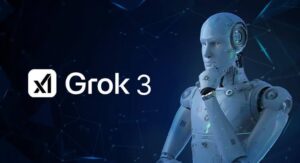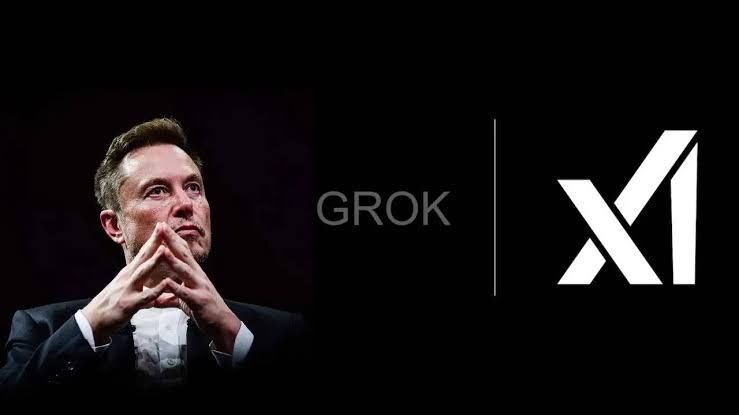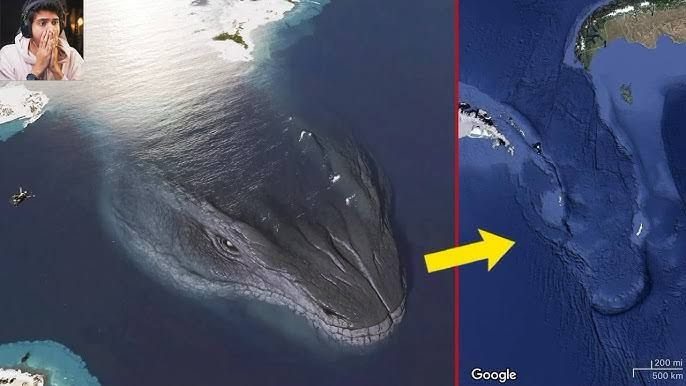In an age where creativity is constantly evolving, few studios have left as profound a mark on the world of visual storytelling as Studio Ghibli. Their whimsical animation style, dreamlike narratives, and profound emotional depth have inspired generations not just of filmmakers and animators, but digital artists, designers, and even AI-generated art communities. “From Ghibli’s Magic to Grok’s Canvas: Where Art Meets AI”, One such rising name in the space of modern art is Grok Studio, a creative hub known for its ethereal artworks and Ghibli-inspired aesthetic. But as more creators merge human emotion with digital precision, questions emerge: Where does human expression end and AI begin? And in this merging, is our personal data safe?
The Ghibli Effect on Modern Art
Studio Ghibli is not just a studio; it’s a feeling. Whether it’s the melancholy of Spirited Away, the innocence of My Neighbor Totoro, or the mysticism of Princess Mononoke, Ghibli’s works are saturated with an emotional resonance that goes beyond language or culture. Grok Studio, among others, draws from this atmosphere, blending nostalgia with digital techniques to create serene, surreal landscapes that reflect our inner worlds.
What sets Grok apart is its interpretation of “quiet magic” the kind that exists in everyday moments. Much like Ghibli, it doesn’t shout; it whispers through color, texture, and stillness.

The Role of AI in Enhancing and Threatening Creativity
The rise of AI tools like ChatGPT, DALL·E, and Midjourney has opened doors for creators to push boundaries faster and more efficiently than ever before. Artists use these tools to generate ideas, automate parts of their workflow, and even translate feelings into visuals or words. On one hand, this democratizes creativity; on the other, it blurs the line between human and machine-generated expression.
But What About Our Data?
As platforms like ChatGPT grow, there’s growing concern about how data is collected, stored, and potentially misused. Here’s a simplified breakdown:
- What ChatGPT knows: Tools like ChatGPT don’t know who you are. They don’t access your personal files, photos, or emails unless you directly input that information.
- Where misuse can happen: If users input sensitive or private information, there’s a theoretical risk—especially if bad actors build unsafe versions of these tools.
- Ethical usage: OpenAI, for example, designs ChatGPT with strict privacy standards, and in general conversations, it does not retain or remember personal data unless the user gives permission or uses special tools. Still, users should avoid sharing confidential information in AI chats—just like they would with a stranger online.
Where Do We Go From Here?
Artists like those at Grok Studio show us that the heart of creativity still lies in human curiosity and emotional depth. AI can assist, but it cannot replace the soul behind the brush or the code. The future is not AI versus humans it’s about how both can coexist responsibly.
As long as we remain conscious of what we share, how we use tools like ChatGPT, and how we continue to value genuine human storytelling, the art we create will only grow richer. After all, as Studio Ghibli taught us that magic is real, but it comes from within.
Share your comment below on “From Ghibli’s Magic to Grok’s Canvas: Where Art Meets AI”.
Have a look on this blog – https://theinfiniteperspective.com/the-escape-from-reality/




